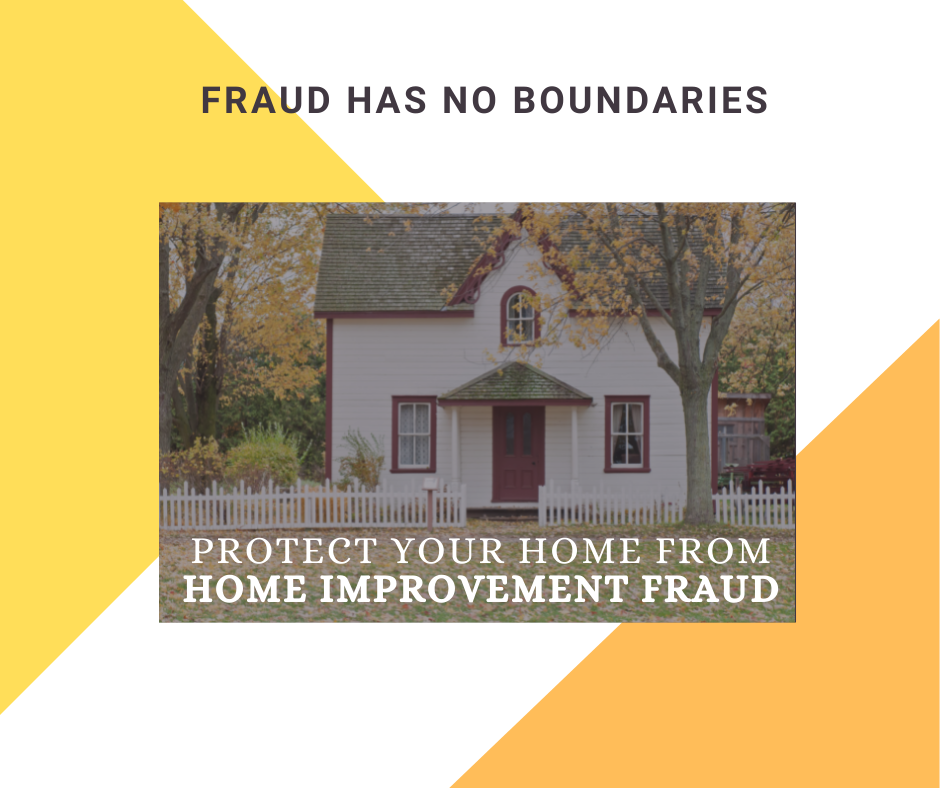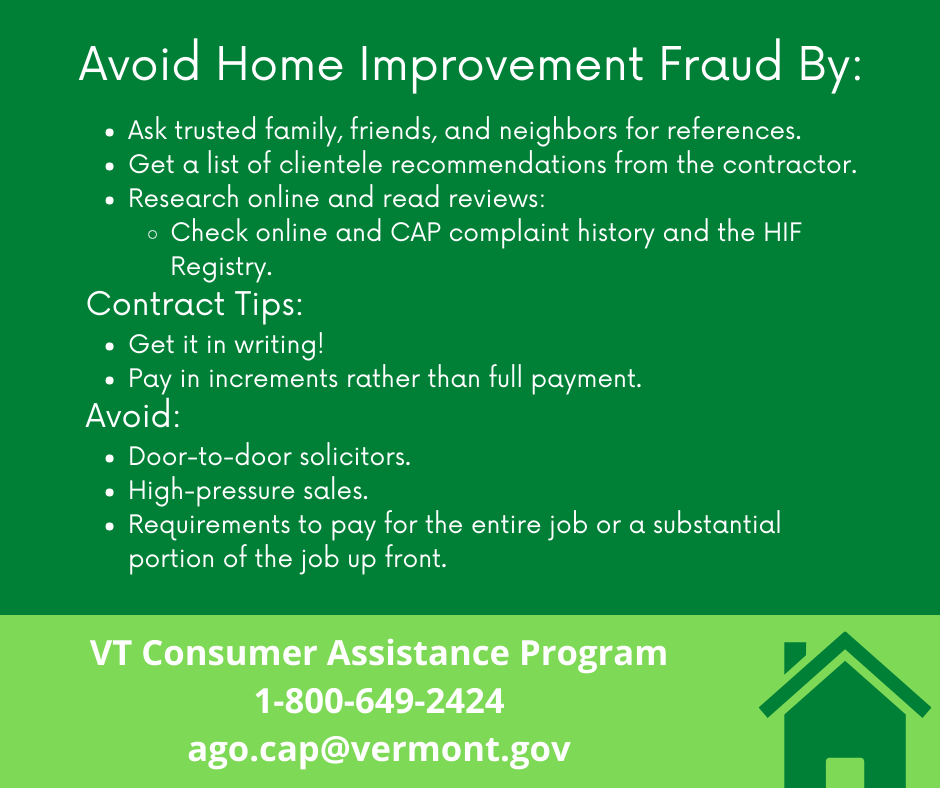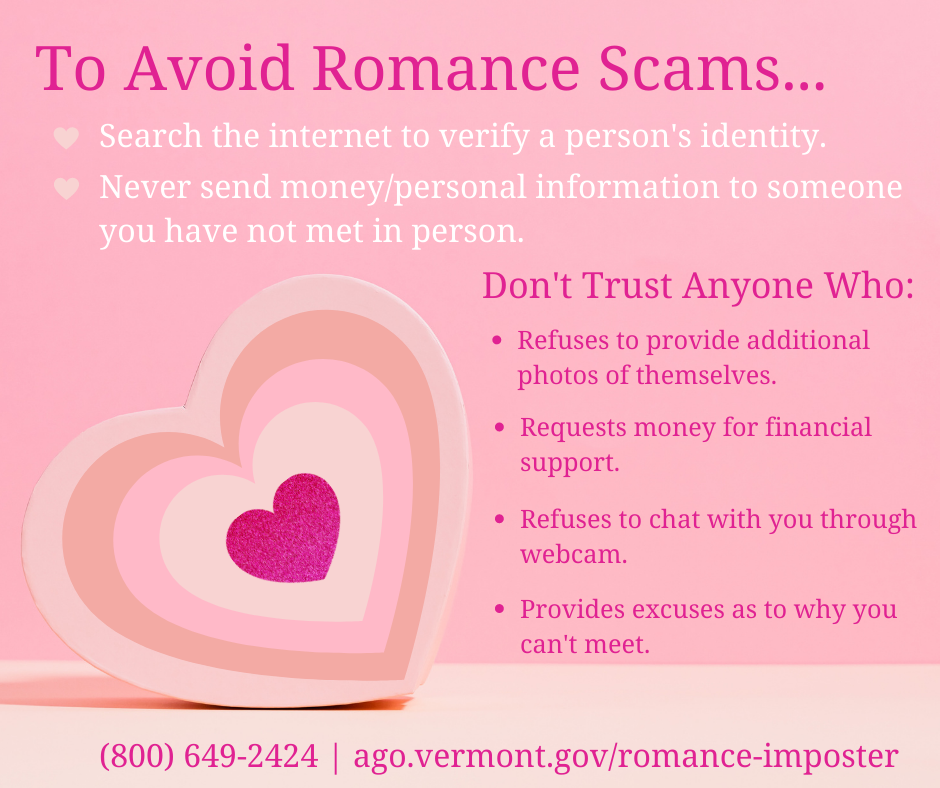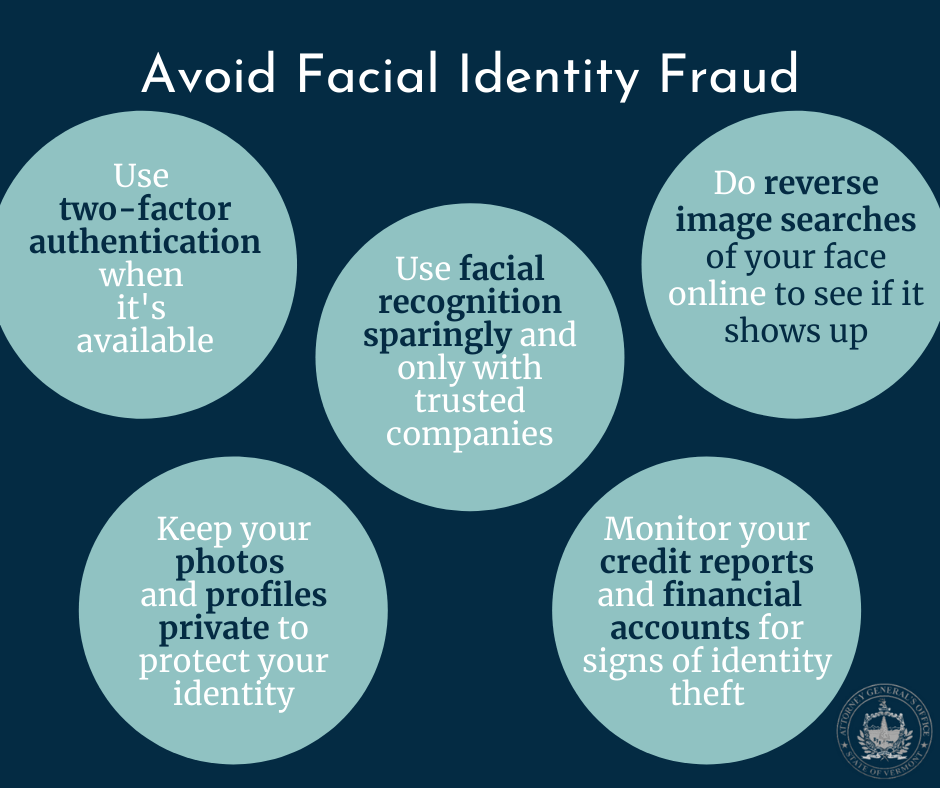BURLINGTON – In recognition of National Consumer Protection Week, Attorney General T.J. Donovan announced the top 10 consumer complaints received by the Consumer Assistance Program (CAP) in 2021. CAP, a partnership between the Attorney General’s Office and the University of Vermont, offers a free mediation service for Vermont consumers, including small businesses. In 2021, CAP received 1,173 complaints and recovered more than $240,000 for Vermont consumers. Claiming the list’s top spots are complaints involving vehicles, retail, and home improvement, respectively – representing approximately 44 percent of all complaints filed.
“I want to thank CAP for the services they provide to Vermonters. Whether they are resolving a consumer complaint, helping a Vermonter get a refund, or providing guidance to a victim of identity theft, CAP is always there to help. I encourage all Vermonters with a consumer complaint to reach out to CAP for assistance.
Attorney General T.J. Donovan
The following are the top 10 consumer complaints received by CAP in 2021:
| Rank | Consumer Complaint Issue | Number of Complaints |
| 1 | Motorized Vehicles Common issues included defective merchandise; failure of state inspection; misrepresentation; and unsatisfactory service/repair. | 199 |
| 2 | Retail Common issues included failure to deliver; refund policy/refund disputes; defective merchandise; and unsatisfactory service. | 187 |
| 3 | Home Improvements Common issues included unsatisfactory service/repair; criminal home improvement fraud concerns; failure to perform; improper installation; and deposit refund dispute. | 132 |
| 4 | Health/Medical Common issues included unauthorized billing; excessive estimate/charge; and defective merchandise. | 83 |
| 5 | Fuel Common issues included pricing complaints; refund delays; propane tank removal delays; billing disputes; contract disputes; and safety concerns. | 81 |
| 6 | Housing and Real Estate Common issues included landlord-tenant issues; security deposit disputes; and warranty of habitability disputes. | 77 |
| 7 | Banking, Credit and Finance Common issues included debt collection; credit reporting disputes; and financing/loan issues. | 67 |
| 8 | Home Furnishings Common issue included defective merchandise, often involving new appliances. | 59 |
| 9 | Athletics Common issues included refund policy disputes for seasonal passes, and failure to deliver services. | 30 |
| 10 | Delivery, Moving and Storage Common issue included delayed deliveries. | 29 |
Though not represented in the list of consumer complaints, scams continue to be of concern to Vermonters. Earlier this year, Attorney General Donovan released the top 10 scams reported to CAP. In 2021, CAP received 5,154 scam reports, up slightly from the previous year. New twists on old scams involving computer tech support and fraudulent online listings represented nearly a quarter of all reports filed by Vermonters. More information on stopping scams is available at ago.vermont.gov/cap/stopping-scams/.
CAP offers a free mediation service to all Vermont consumers, including small businesses. If you are a consumer in need of assistance, please contact CAP by calling 1-800-649-2424 or visiting ago.vermont.gov/cap.





